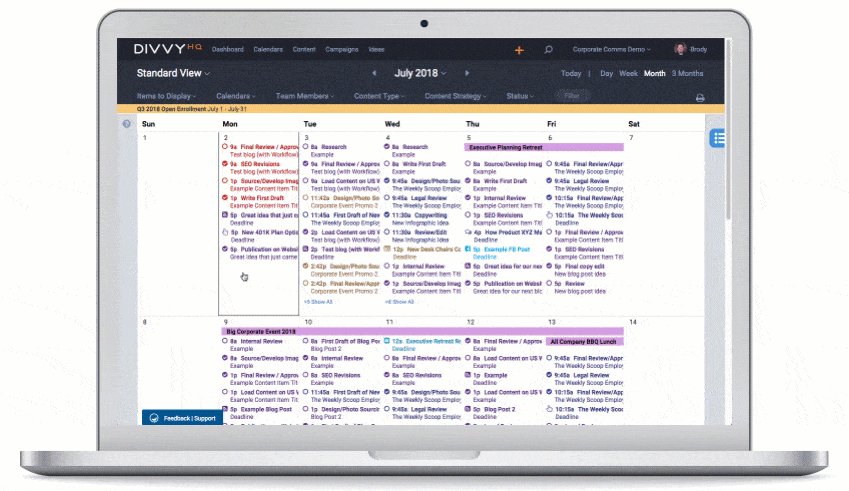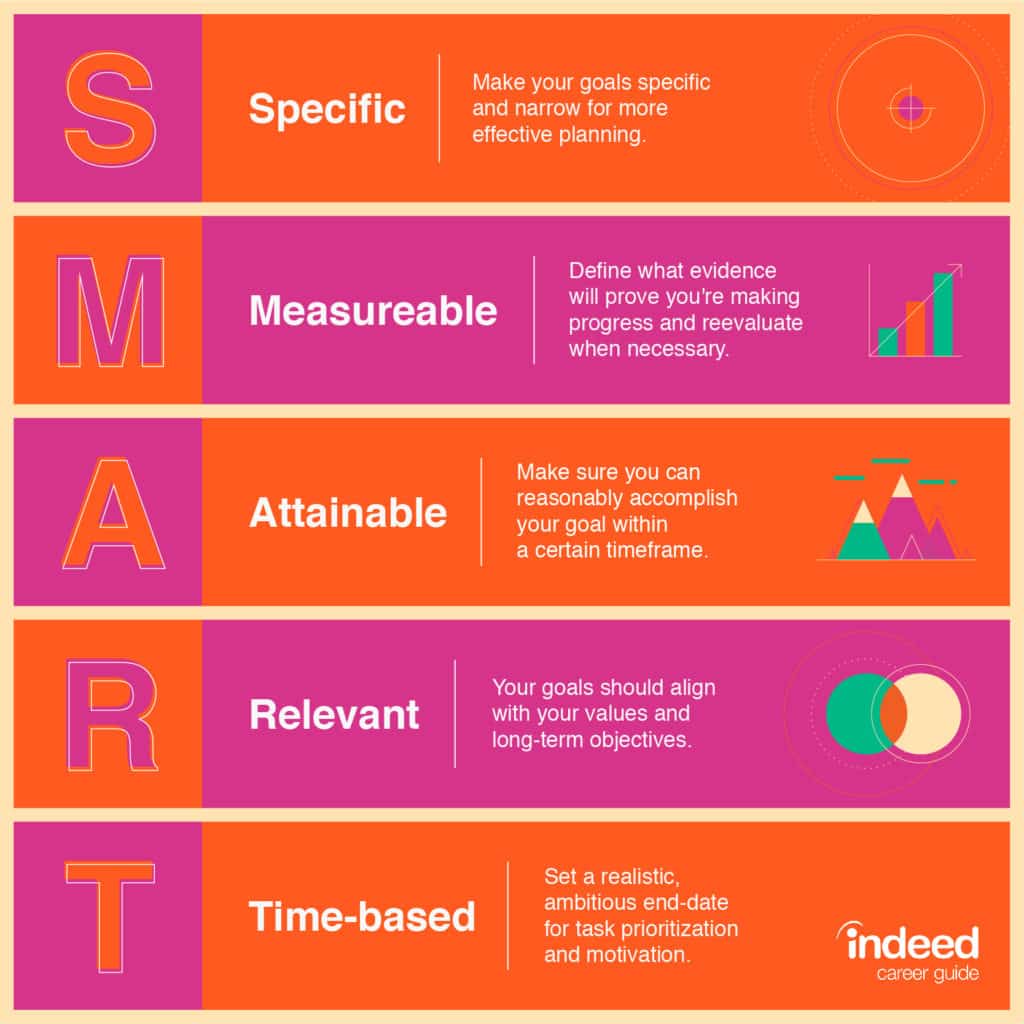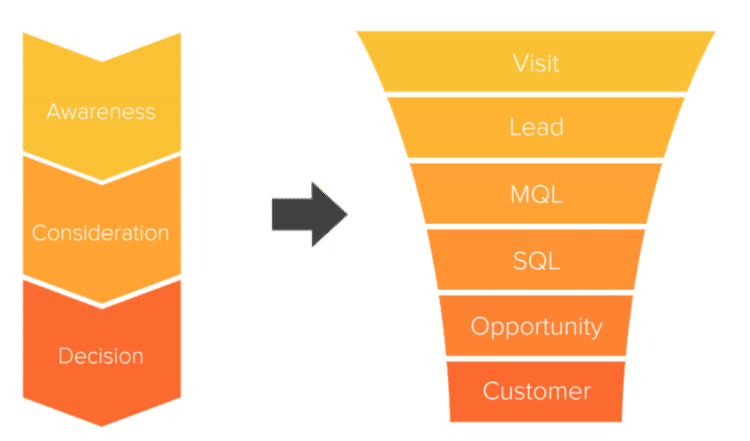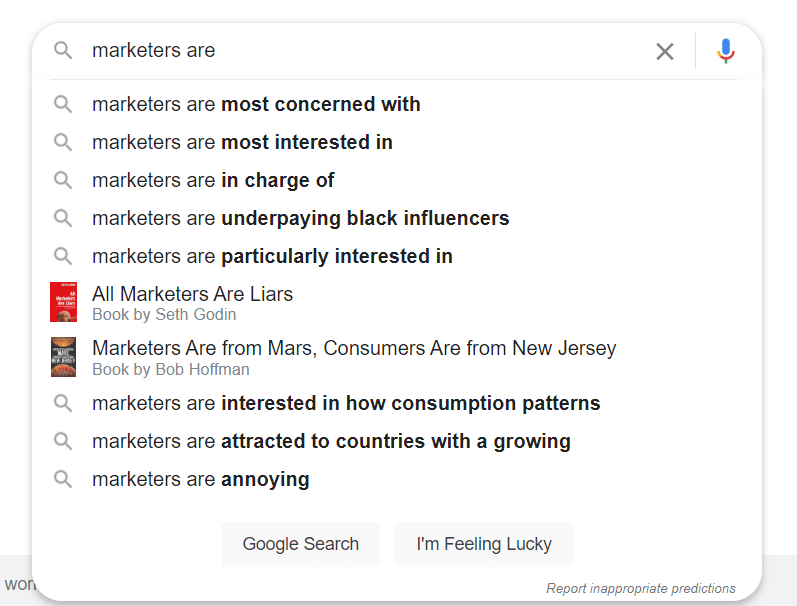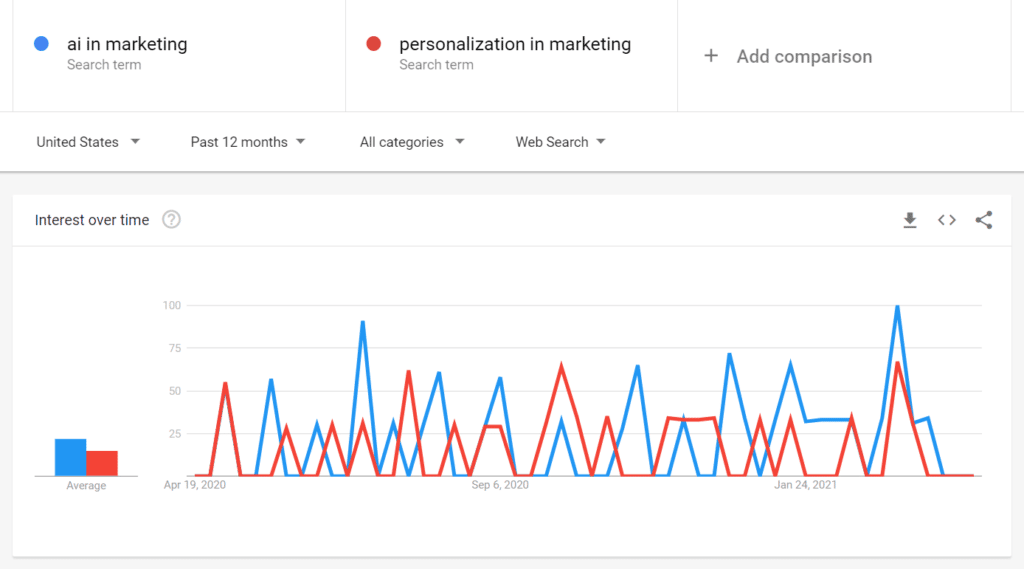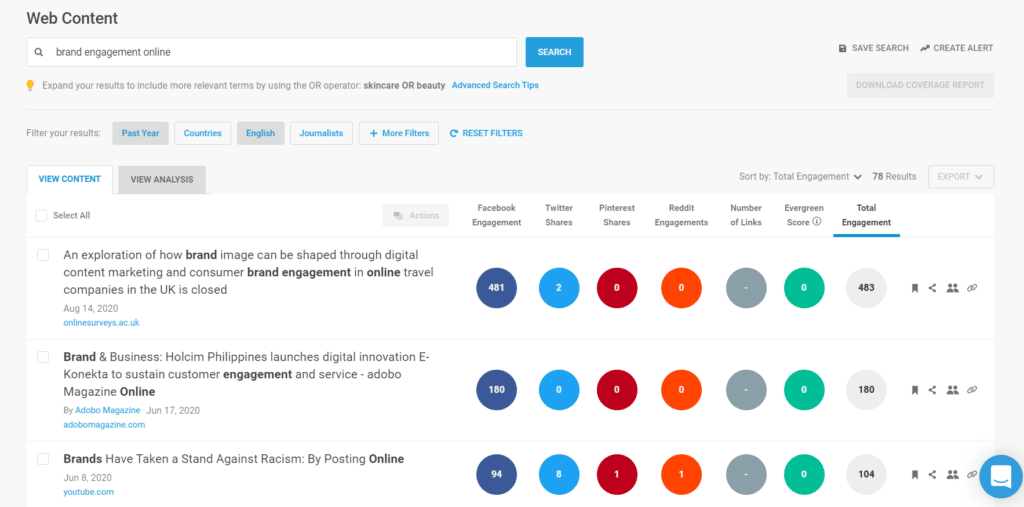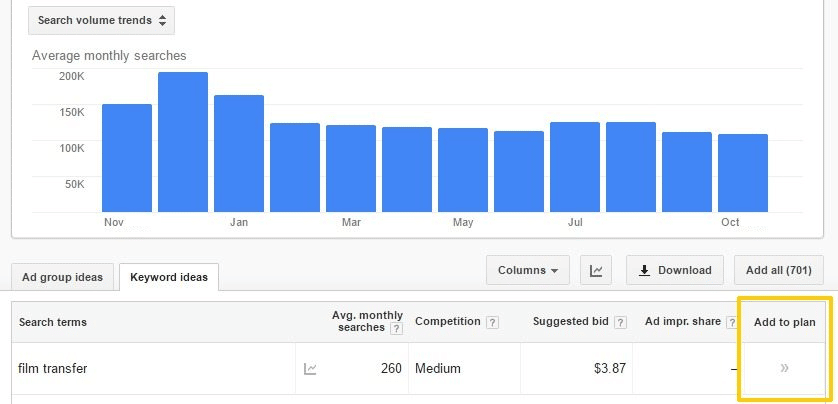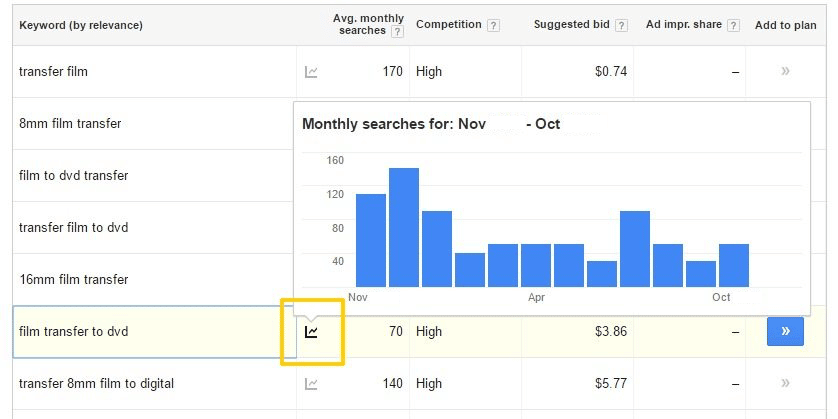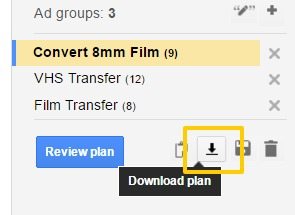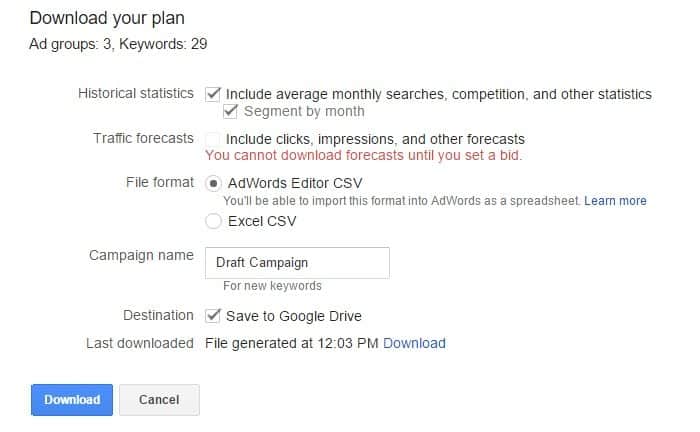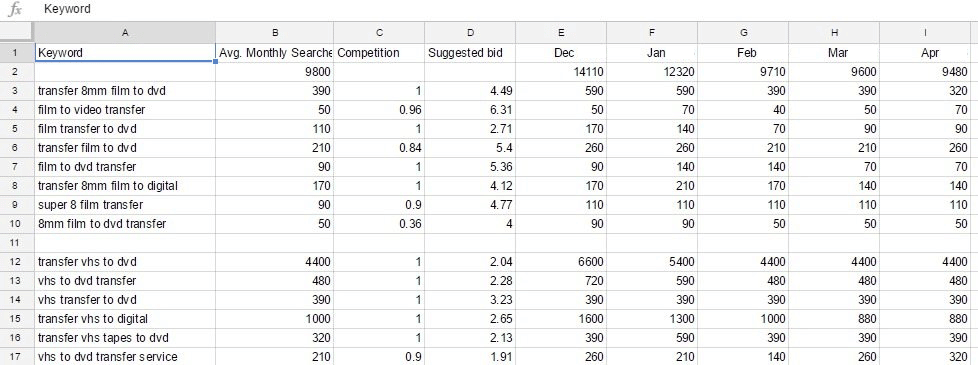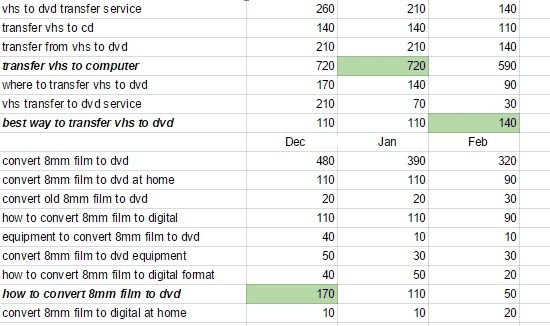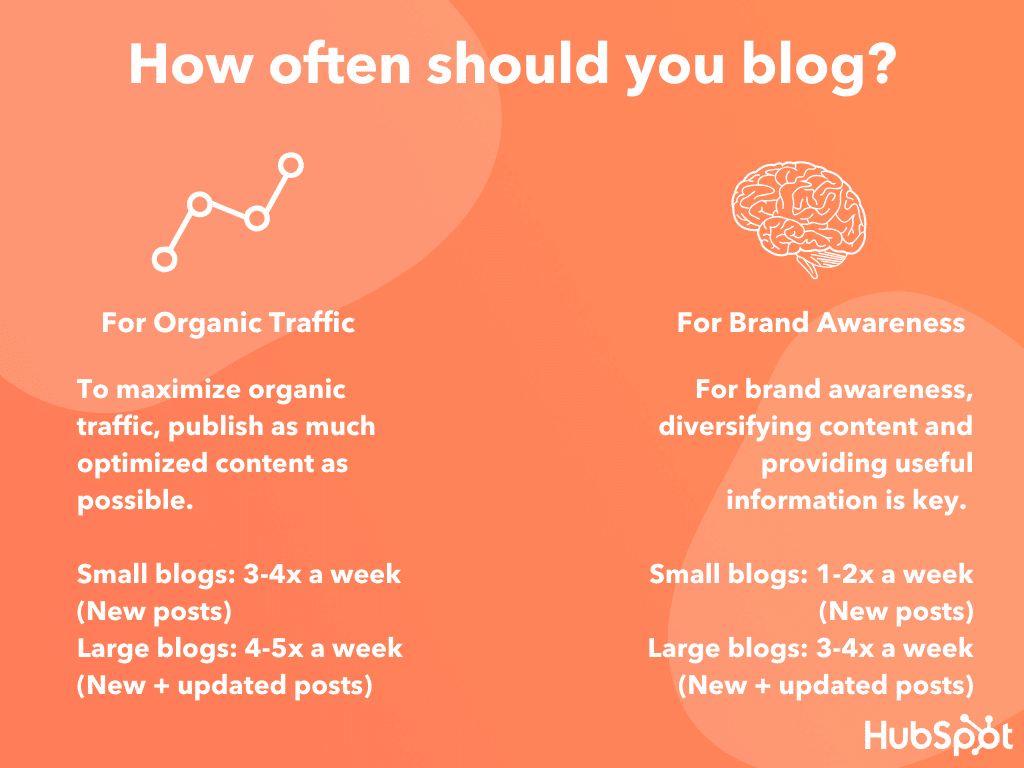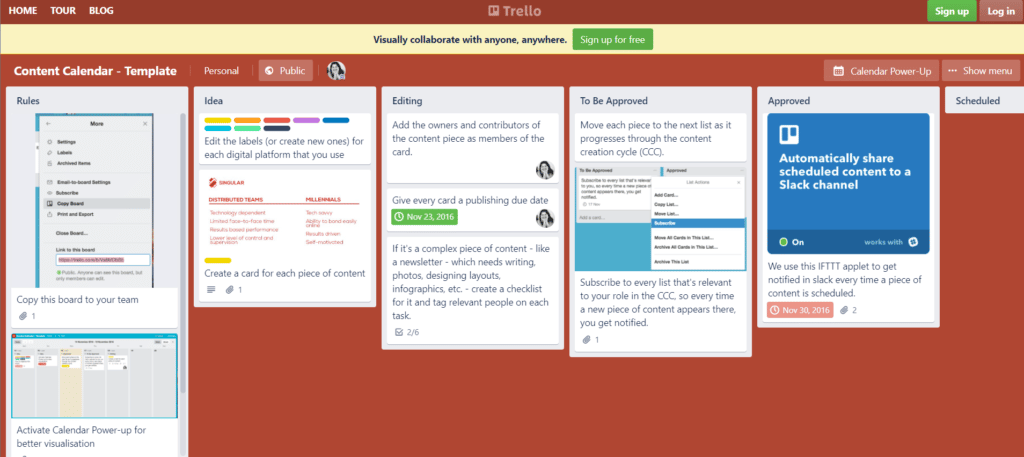
What do CEOs want most from their B2B marketing team? Clarity. They want to see results that clearly show their company’s marketing efforts are working and increasing ROI.
CEOs expect to hold their marketing leaders accountable for reaching or surpassing their numbers, just like their sales leaders.
CEOs can get frustrated when the only metrics they receive from lead marketers include ambiguous brand data, activity reports, and engagement reports. They want their metrics to be tied directly to revenue.
Quick Takeaways:
- ROI and customer acquisition cost are two of the top metrics B2B marketing executives want to see most.
- Knowing which metrics to focus on will help you execute, track, and analyze your marketing initiatives strategically and with confidence.
- Reporting on big-picture KPIs will offer your executives more clarity and give them faith in your marketing efforts.
Why Are B2B Marketing Metrics Important
For many B2B organizations, Marketing sprung up from a need to hire people to manage events and create brochures. Marketing was treated more like an in-house agency of creative people who did stuff for sales.
As B2B marketing matured into brand, paid media, demand generation, marketing operations, digital marketing and content marketing roles, the need for metrics and KPIs became much more important. Not only do CEOs expect clarity from Marketing. CFOs also expect Marketing to justify our budgets. Marketing is becoming a strategic asset for many B2B organizations
And while advertising, branding and sport sponsorships get the bulk of marketing budgets in some large B2B organizations, it’s those of us in the trenches of content, digital and demand gen marketing who really have to fight for every dollar.
Measurement is the best way to help justify budgets. But it’s also the best way to measure what works and to improve on the marketing outcomes we are trying to achieve: primarily increased sales revenue!
The Most Important Metrics in B2B Marketing
According to a recent survey conducted by DemandGen Report, the most desired metrics B2B marketing executives want to see moving forward include:
- ROI by channel
- Deeper account-based marketing metrics
- ROI by content influence
- Cost of customer acquisition
- Closed-won deal analysis
40% of marketers believe they should improve their ability to measure and analyze marketing performance. Due to a desire to prove how marketing efforts impact a business’s pipeline and revenue and gain insights on buyer interests, 82% of marketers plan to prioritize enhancing their reporting abilities.
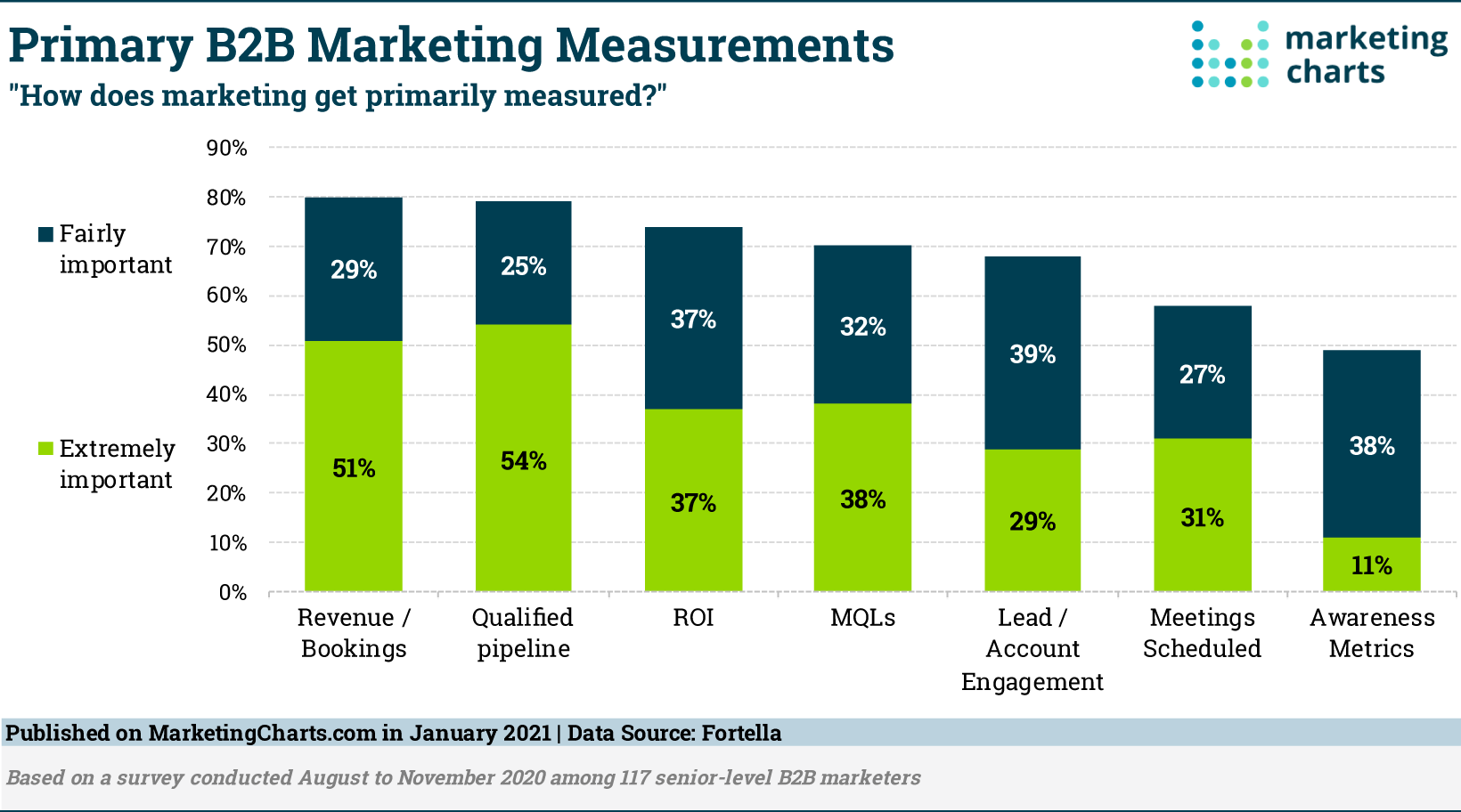
According to Fortella, 80% of B2B marketers measure their performance using revenue, followed closely by pipeline (79%), ROI (74%), MQLs (70%), Leads (68%) and Booked Sales Meetings (58%). Only 49% used awareness metrics to measure the effectiveness of marketing activities.
4 Vs Model of B2B Marketing Measurement
During my time at SAP, we followed the 5 V’s Model of Marketing Measurement:
- Volume: How many MQLs, SQLs, SALs and new customers did we convert?
- Value: what is the pipeline value of those leads and new deals. In some cases we also measured “pipeline influenced” as a shortcut to multi-touch marketing attribution.
- Velocity: how much time does it take our leads to move from qualified to accepted to closed?
- Variety: Are we getting leads for all the right segments (country, region, large vs small and industry)?
- Viscosity: How well did leads convert or which marketing programs had the highest conversion rates?
In some ways, all the metrics below can fall into the 5 V model. But these are mostly internal marketing metrics that helped us determine what was working and how we were doing. CEOs want to know simple answers like: How much revenue did you bring us? Is it recurring? What was the cost of acquiring that revenue?
Smart CEOs and VCs will ask more detailed questions like these below.
What you won’t find on this list:
- Website Traffic
- Emails sent
- Social media “engagement” (mentions, likes)
- Eyeballs
- Clicks
B2B Marketing Metrics that Will Give Your CEO More Clarity
Every CEO cares about Revenue from new customers and the lifetime value of a customer (LTV) those new customer bring along with their acquisition cost (CAC), which we’ll cover below. But that’s not all you should include in your marketing reports to prove the success of your efforts.
Here are the most important marketing metrics for CEOs. Tracking and analyzing these marketing KPIs will give you a competitive edge and clarify the effectiveness of your marketing campaigns. That way, your CEO will have no doubts about the value of your team’s contributions.
1. Marketing Influenced Customer Percentage
This metric will show you what percentage of new customers were influenced by your marketing efforts. To calculate this ratio, take the total number of new customers who interacted with a marketing activity and divide it by the number of new customers you signed up within the same period.
Questions to Answer
- How are your marketing investments impacting sales productivity?
- What’s the impact on your company’s sales pipeline?
- How are your efforts impacting revenue velocity?
2. Marketing Originated Customer Percentage
Show your CEO what percentage of new business marketing is driving. To calculate this ratio, take the number of new customers you signed up in a specific period. Then figure out what percentage of them started as a marketing-generated lead. This measurement is much easier to track if you have a closed-loop marketing analytics system.
Questions to Answer
- What percentage of your customers are marketing-generated?
- How much of your revenue can you attribute to sales leads coming from demand generation efforts or account-based marketing over a given period?
- How many customers started as marketing-qualified leads?
3. Lifetime Value of a Customer (LTV)
LTV can help you predict how much a customer will spend on your products or services throughout their lifetime. Calculating this number will help you understand how much you should pay to acquire new customers and retain current ones.
To calculate the lifetime value of your customers, take the revenue a customer paid you within a specific period, subtract the gross margin, and divide by the customer’s churn percentage (cancellation rate). Another way to calculate LTV is by taking the average value of a purchase times the number of times the average customer buys from you in a year times the average length (in years) of a customer relationship.
Questions to Answer
- How much do you spend to acquire a new customer in a profitable relationship?
- Which products or services are the most profitable?
- What’s your most profitable buyer persona?
4. Return on Marketing Investment (ROMI)
ROMI or just ROI (Return on Investment) will help you determine how much you’re spending on marketing compared to the amount of revenue you’re generating. You can use this metric to measure your revenue for individual campaigns.
To calculate your ROMI, take your total sales revenue from a specific period and divide it by marketing spend during that same time.
Questions to Answer
- What’s your ROMI?
- How much are you spending on marketing? What are you generating in return?
- Are your campaigns contributing to company growth?
- Are you recouping the money and time spent to develop and execute your marketing campaigns?
5. Time to Revenue
Time to revenue measures the length of time from when a contract is executed until a purchase is made or a deal is closed.
Questions to Answer
- How has the marketing team helped shorten time to revenue?
- What has marketing done to decrease the combined expense-to-revenue ratio of sales and marketing activities?
6. Customer Acquisition Cost (CAC)
To calculate the cost of acquiring a new customer, take the total cost of your sales and marketing efforts within a given period. Then divide this cost by the number of new customers you acquired within the same period.
Questions to Answer
- What is the average cost of gaining a new customer?
- What is the total cost of your demand generation efforts or lead account-based marketing during a specific period? Include compensation for your entire marketing team and expenses for vendors, marketing technology, and other materials.
7. Marketing Percentage of CAC (M%-CAC)
To calculate the marketing percentage of your customer acquisition cost, take your total marketing spend for a specific period. Then divide it by the number of new customers you generated within that time.
The lower the number, the better. If you have a high marketing CAC, your marketing team may be spending too much, or your sales team may be underperforming.
Questions to Answer
- What is your marketing team’s impact on CAC?
- Are there improvements your team can make to lower this number?
8. Ratio of Lifetime Value to CAC (LTV:CAC)
After you know your LTV and CAC, you can calculate this ratio. A higher ratio indicates a higher ROI. However, if your ratio is too high, you may want to consider spending more on your sales and marketing efforts. 3:1 and 4:1 are good benchmarks to shoot for.
Questions to Answer
- Are you spending too much to acquire each customer (the ratio is less than 3:1)?
- Are you missing out on opportunities by not spending enough?
For a more detailed list of B2B Marketing Metrics, check out this periodic table of marketing metrics by pmg which goes into a little more detail and provides some benchmarks.
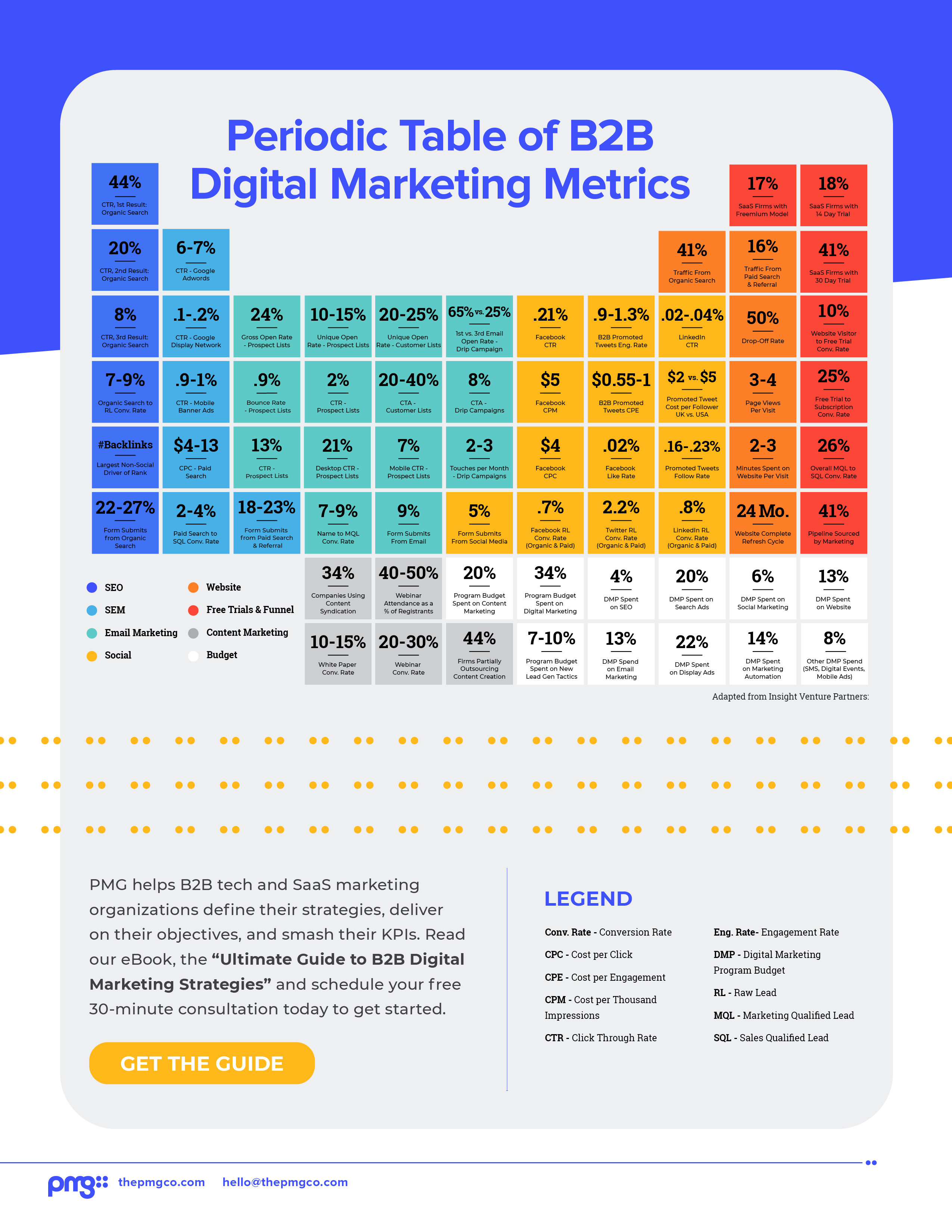
And here is a cheat sheet from Hubspot to help with the metrics we described:
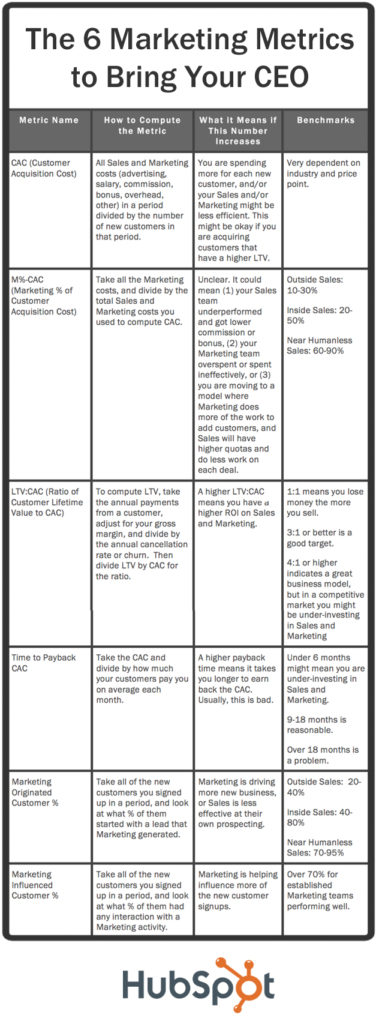
Create B2B Marketing Content that Converts
If you need help creating top-notch content that will help you get the results your CEO wants to see, Marketing Insider Group would love to help. We’ll create targeted content your customers seek to bring more traffic to your website and help you win new customers. We can also help you calculate and measure ROI and other important metrics.
Learn about our Content Builder Services.
The post The 8 Most Important B2B Marketing Metrics for CEOs appeared first on Marketing Insider Group.


